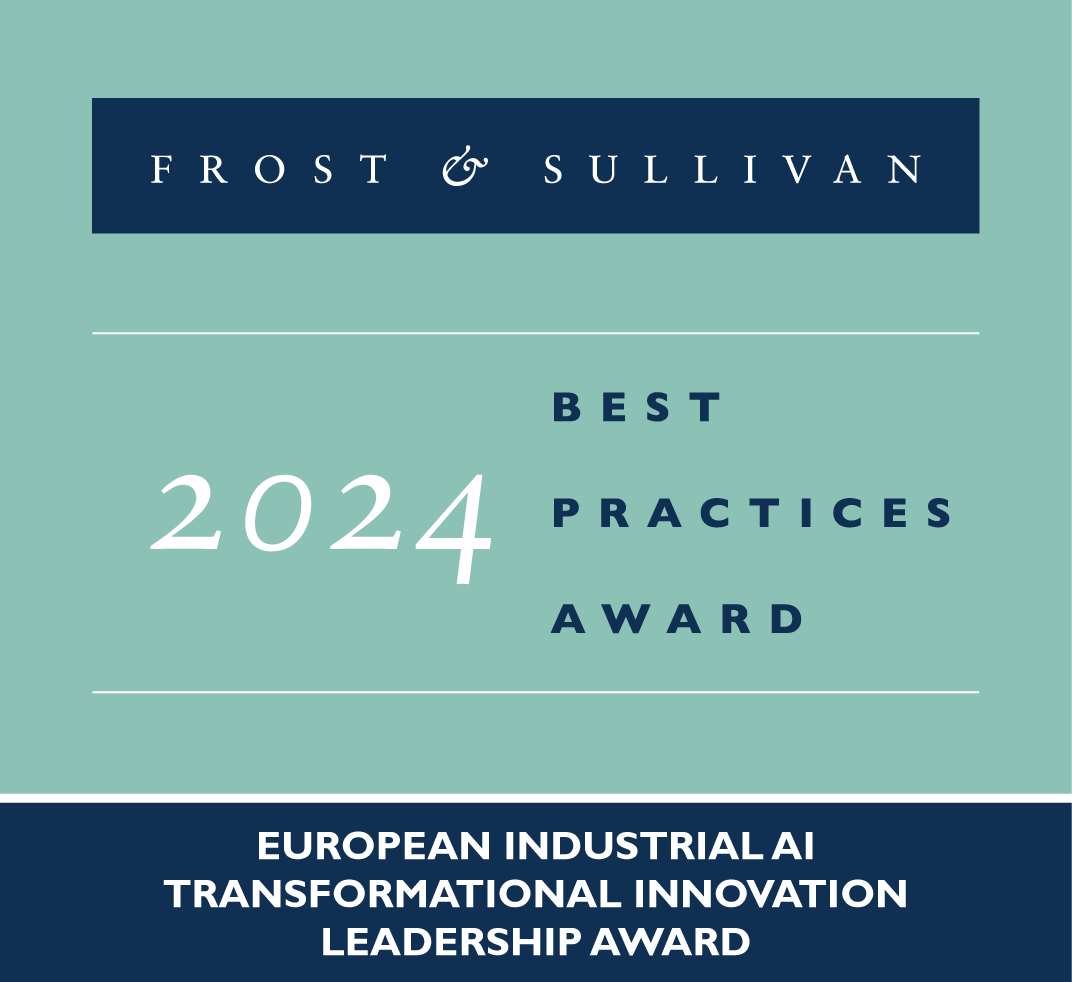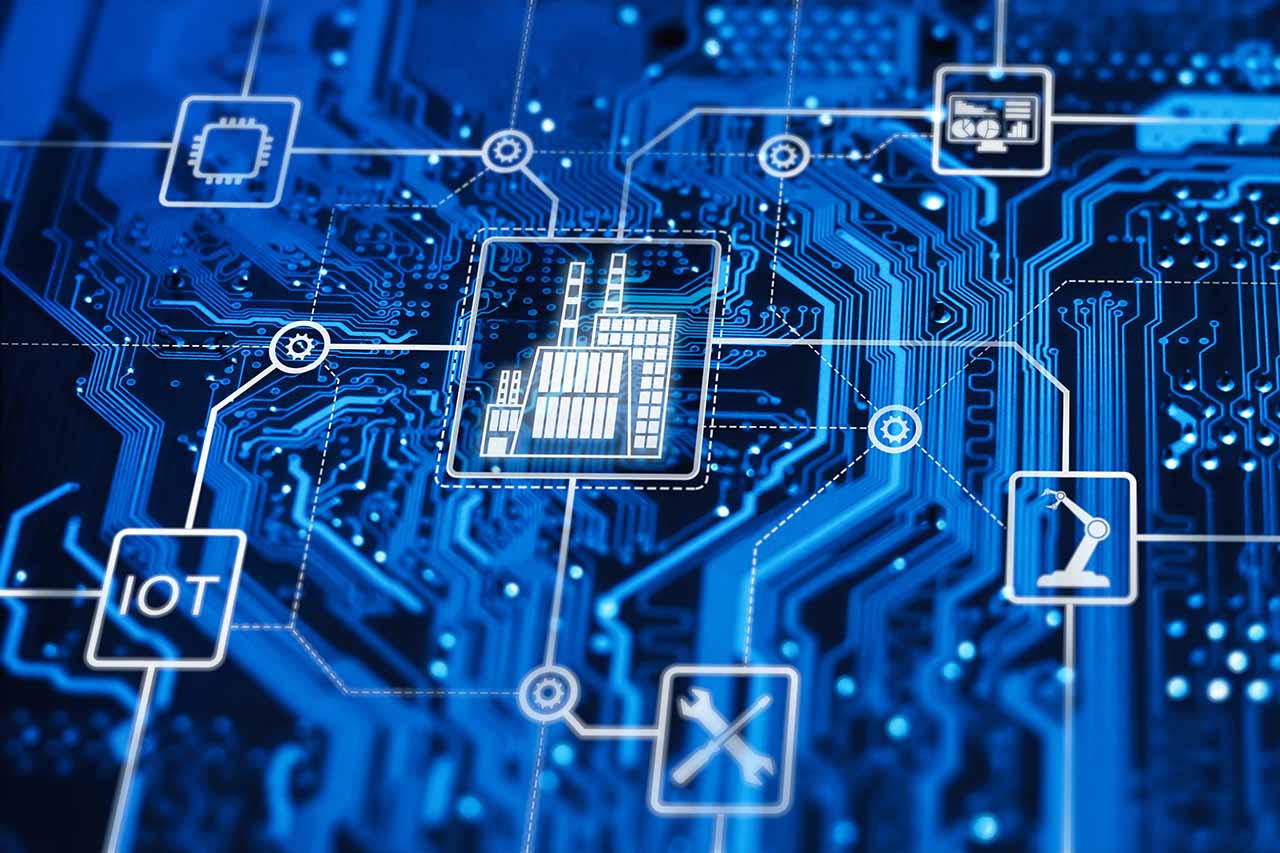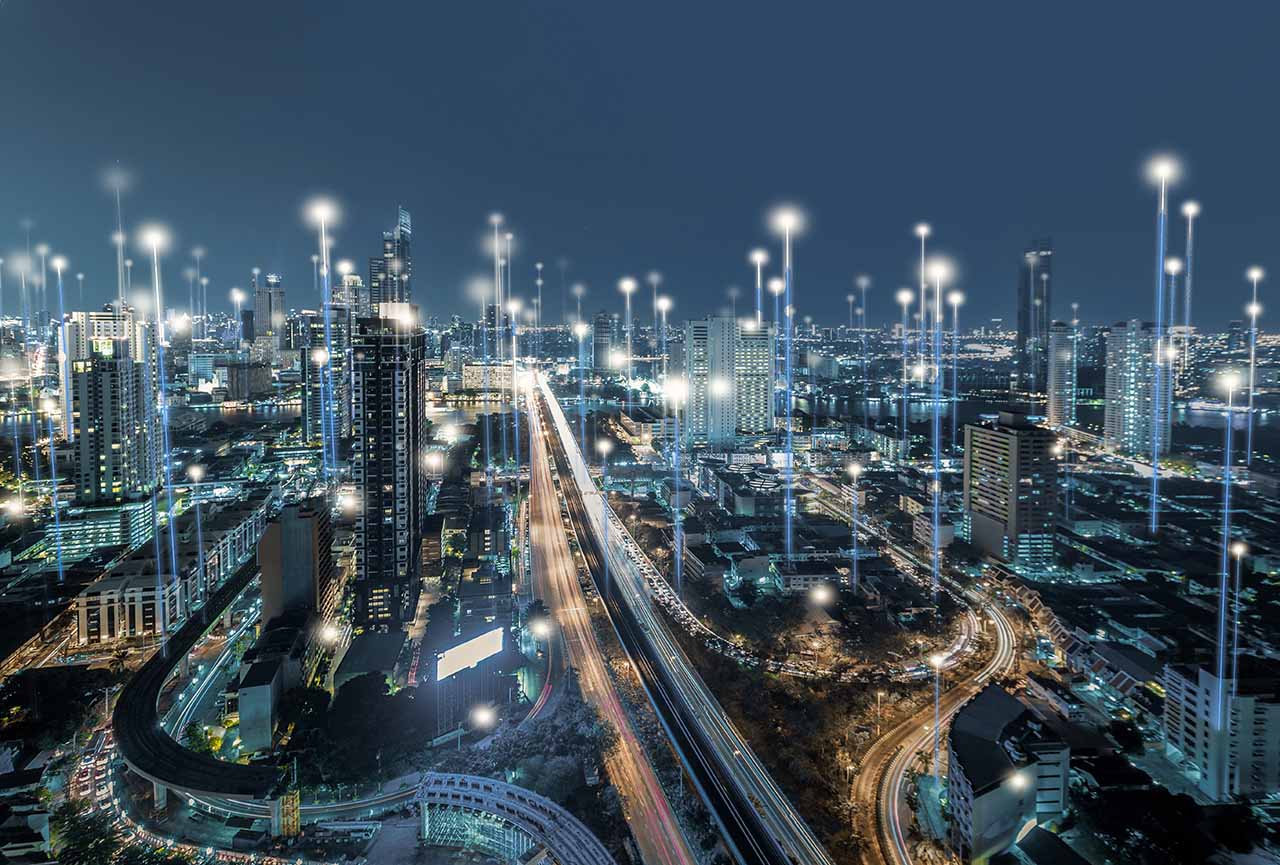AI is no longer a futuristic concept in industrial settings—it is actively reshaping factories, supply chains, and production floors today. Moreover, Industrial AI is taking over decision-making, automation, and process optimization, bringing in a new era of efficiency and innovation. Companies are leveraging AI not just to streamline operations and reduce costs but also to implement predictive maintenance, ensuring machinery runs optimally with minimal downtime. With AI-driven autonomous factories already emerging, businesses that fail to adapt today risk falling behind tomorrow.
But how is this revolution unfolding? And what are the key challenges and opportunities in Industrial AI?
Let’s dive deep into the AI-powered industrial transformation that is redefining the world.
Industrial AI Is Driving a Massive Transformation
Across industries, AI is revolutionizing manufacturing, logistics, and supply chain management. The impact is being felt in three major areas:
- Product Innovation – AI-powered product development is enabling mass customization, predictive maintenance, and intelligent automation. For example, AI-powered computer numerical control (CNC) machines can adjust cutting speeds and toolpaths in real time based on material resistance, minimizing waste and improving precision.
- Process Optimization – Industrial AI is enhancing production workflows, reducing downtime, and improving efficiency through real-time monitoring and adaptive automation.
- Data-Driven Insights – AI is processing vast amounts of industrial data to uncover actionable information, detect patterns, prevent failures, and enable strategic decision-making.
The Biggest Shift? AI Is Now Making the Decisions
Traditional AI applications have focused on analyzing data and making predictions. But now, Industrial AI is taking these tasks—it is actively making complex operational decisions.
Example: AI-powered autonomous production lines are adjusting schedules, reconfiguring workflows, and even solving machine failures—without human intervention.
Factories are becoming self-learning environments, where machines continuously improve based on real-time AI-driven insights. This is not just automation; it is intelligent, adaptive decision-making at scale.
The Result? A New Breed of Autonomous Factories
The Birth of Self-Optimizing Factories
Industrial AI is enabling a major shift towards self-sufficient, AI-managed factories. These “lights-out factories” are operating with minimal human involvement, relying entirely on AI for decision-making, workflow automation, and process control. Factories powered by AI-driven robotics, Internet of Things (IoT), and digital twins are running production processes 24/7, with zero downtime and near-perfect efficiency.
By 2030, fully autonomous factories will be the norm, where AI systems will control everything—from raw material procurement to final product assembly.
AI-Powered Decision-Making in Action
Imagine a car manufacturing plant that dynamically adjusts its production schedule based on supply chain disruptions, machine conditions, and demand forecasts. Beyond just optimizing workflows, AI is enabling seamless coordination between suppliers, predictive maintenance to prevent costly breakdowns, and automated quality control for detecting defects with greater accuracy. This level of AI-driven adaptability is transforming industries like automotive, electronics, and heavy machinery.
Industrial AI Is Unlocking Game-Changing Business Models
As AI continues to transform industrial operations, businesses are shifting away from traditional product-based sales models and moving toward AI-driven services.
New Monetization Strategies Are Emerging
- AI-as-a-Service: Companies are offering AI-powered automation as a subscription model, rather than selling standalone software.
- Outcome-Based Pricing: Instead of paying for AI software, industries are paying for results, such as improved efficiency or reduced downtime.
- AI Marketplaces: Industrial companies are adopting customizable AI solutions, much like how apps are purchased on a digital marketplace.
The shift toward service-based AI models is already happening, and businesses that adapt early will gain a major advantage.
Major Growth Drivers of Industrial AI
Several factors are accelerating this transformation:
- Edge AI Is Enabling Real-Time Decision-Making
Factories are moving AI processing to the edge, meaning that AI algorithms are making real-time decisions directly on the factory floor rather than relying on cloud computing. This is reducing latency, improving response times, and allowing factories to react instantly to production changes.
- Digital Twins are Enhancing AI-Driven Simulations
Industries are creating digital twins—virtual models of their entire factory setups—to simulate production processes, test AI optimizations before applying them in real life, and predict system failures before they happen.
- AI Is Driving Sustainability & Green Manufacturing
As companies face pressure to reduce energy consumption and minimize waste, AI is optimizing production to use resources efficiently and cut down on emissions. AI-powered factories are reducing energy waste by up to 30% while improving production efficiency.
Challenges Holding Back AI Adoption
Despite rapid advancements, AI adoption in industry faces significant barriers. To make Industrial AI a success, providers need to address the following challenges:
- Data Silos: Many factories have fragmented systems, making AI integration challenging.
- AI Talent Shortage: Skilled professionals who also understand industrial operations are in high demand but in short supply.
- ROI Uncertainty: Many companies struggle to measure the return on investment for AI projects.
- Regulatory & Ethical Concerns: AI-driven automation is raising concerns around workforce displacement, security risks, and compliance issues.
Businesses that address these challenges now will lead the AI-powered industrial revolution.
The Future: Where Industrial AI Is Heading Next
Looking ahead, Industrial AI is only going to get smarter, faster, and more autonomous. Here’s what the future holds:
- Self-Evolving AI Agents – AI will continuously improve itself without human intervention.
- Quantum AI in Industrial Optimization – Quantum computing will allow AI to solve industrial problems at an unprecedented scale.
- Symbiotic Human-AI Collaboration – Workers will seamlessly interact with AI-powered assistants through augmented reality and AI-driven insights.
- Circular Manufacturing – AI will drive a zero-waste, fully circular economy, optimizing recycling, reverse logistics, and resource efficiency.
Industrial AI is already transforming the way factories operate. The companies that embrace AI today are becoming the industry leaders of tomorrow.
Explore the latest innovations and strategies driving growth. Sign up for an exclusive Growth Pipeline Dialog™ with our Growth Experts today and stay ahead in the evolving landscape. For more information, contact us at hello@frost.com.




